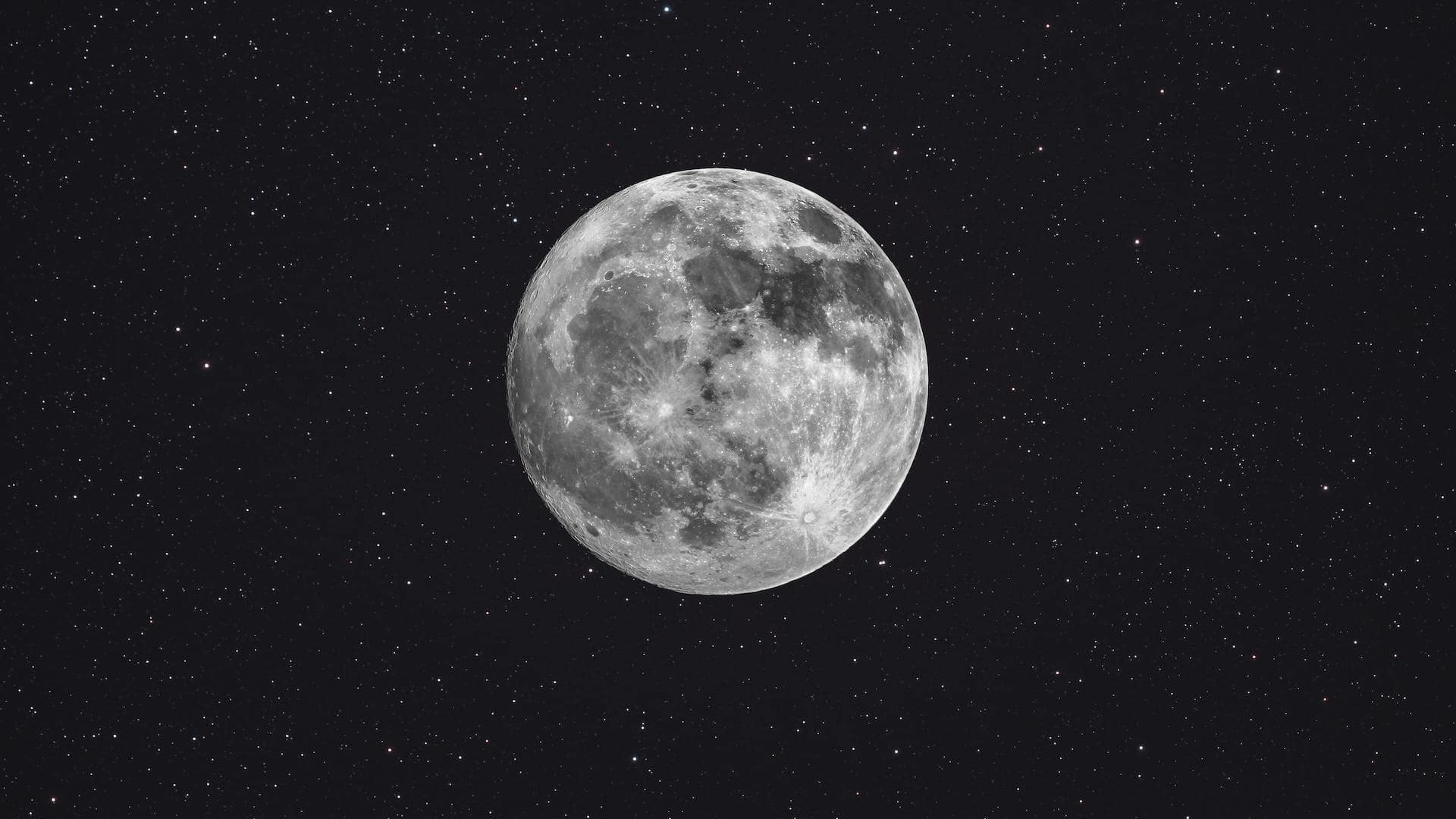
Saturn, Moon, Neptune to stay together tonight: How to watch
What's the story
Skywatchers, get ready for a celestial treat tonight. Saturn and Neptune will rise in the sky with the Moon positioned close to it, offering a unique opportunity to witness these three celestial bodies together. The event is noteworthy for astronomy enthusiasts as it provides a chance to observe these distant bodies with the help of binoculars or a telescope.
Celestial locations
Saturn rises in eastern sky
In the US, Saturn will rise above the eastern horizon under the constellation Pisces just before midnight. The waning gibbous Moon will be shining about three degrees to its upper right. To give you an idea of this distance, your pinky finger held at arm's length against the night sky is roughly one degree wide.
Visibility
Use binoculars to spot Neptune
Neptune will be lurking about one degree to the upper left of Saturn at this time. However, its dim brightness (magnitude +7.8) will make it impossible to see with the naked eye. Stargazers are advised to use 10x50 binoculars for a better view of all three celestial bodies. A telescope with a 6.0-inch aperture could reveal Saturn's rings, while an 8.0-inch scope may show color variations on its cloud surface.
Lunar exploration
What to see on Moon?
The 75%-lit Moon will also offer some exciting observing targets. This includes Mare Frigoris, a long, thin basalt plain that appears as a dark scar across the northern extreme of the lunar surface. The celestial trio will stay close throughout the night and eventually fade from sight in the southern sky when the sun rises tomorrow.